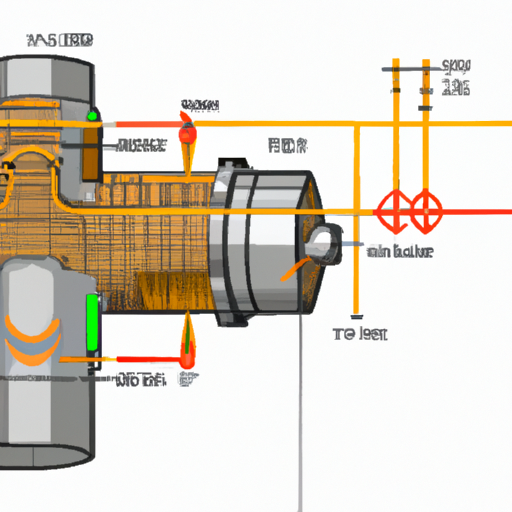
Application Development in Silicone Tubes for SBD-SWHF-PO Non-Shrinkable Polyolefin Tubes: Key Technologies and Success Stories
The development of silicone tubes, particularly non-shrinkable polyolefin variants like SBD-SWHF-PO, has become increasingly significant across various industries due to their unique properties. These tubes are characterized by their excellent insulation, flexibility, and resistance to heat and chemicals, making them ideal for applications in automotive, electronics, medical, and telecommunications sectors. Below, we explore the key technologies driving this development and highlight notable success stories.
Key Technologies
| 1. Material Science Innovations | |
| 2. Extrusion Technology | |
| 3. Cross-Linking Techniques | |
| 4. 3D Printing and Additive Manufacturing | |
| 5. Testing and Quality Assurance | |
| 6. Customization and Design Engineering | |
| 1. Automotive Industry | |
| 2. Medical Devices | |
| 3. Telecommunications | |
| 4. Consumer Electronics | |
| 5. Aerospace Applications |
Success Stories
Conclusion
The development of silicone tubes, particularly non-shrinkable polyolefin variants, is driven by advancements in material science, manufacturing technologies, and a focus on customization for specific applications. Success stories across various industries illustrate the versatility and effectiveness of these tubes in enhancing product performance and reliability. As technology continues to evolve, further innovations in silicone tube applications are anticipated, paving the way for new opportunities across diverse sectors. The ongoing collaboration between manufacturers and end-users will be crucial in unlocking the full potential of these advanced materials.




